One of the most beautiful bridges in Berlin, I think, is the Oberbaumbrücke, which connects Kreuzberg and Friedrichshain across the Spree.
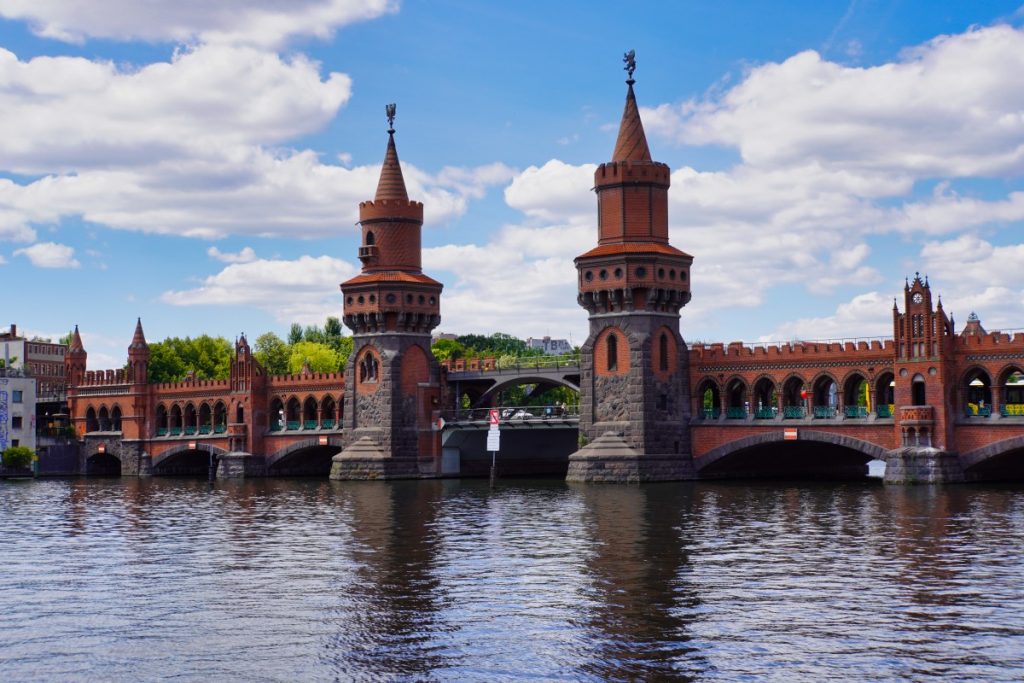
How did the Oberbaumbrücke get its name?
In the 18th century, there was a wooden bridge on the level of the former city wall. This was slightly downstream from today’s Oberbaumbrücke.
There was only a narrow passage that allowed people and boats to pass. Here, customs duties were levied and the transported goods were checked. At night, the passage was closed with a thick trunk studded with iron nails, the so-called tree. Since this place was in the east of Berlin, it was called the Oberbaum. In the west of the city there was another checkpoint, the so-called Unterbaum.
When the Berlin customs wall was moved around 1723, a new Oberbaumbrücke was built a little further east by royal order. This was also made of wood, but had flaps that allowed shipping traffic. And this is where the Oberbaumbrücke is still located.
A stone bridge is being built
Around 1893, the Siemens & Halske company planned the construction of a railway bridge over the Spree. This was to be built exactly on the site of the wooden Oberbaumbrücke. At the same time, plans were made to replace the wooden road bridge with a more massive structure. Fortunately, before construction began, it was agreed to combine both plans and build a railway and road bridge.

Thus, a neo-Gothic bridge over the Spree was built from 1894-96. The first Berlin underground line ran on the upper level from 1902 and a pedestrian walkway led across the Spree below.
The bridge consisted of seven arches that stretched across the Spree in different sizes. The middle bridge arch was bordered by two towers. These were modelled on the middle gate tower of the city wall in Prenzlau.
Destruction and post-war use of the bridge
During the Battle of Berlin at the end of the Second World War, German troops destroyed large parts of the bridge by blowing it up. However, the bridge did not collapse and the underground was able to start operating over the repaired bridge relatively soon after the end of the war.
After the war and the definition of the four Berlin sectors, one part of the Oberbaumbrücke was in the Soviet sector and the other section in the American sector. In the beginning, there was still a lot of activity here. For example, during the time of the Berlin Blockade, a lot of smuggling traffic developed across the bridge.

After a while, the East Berlin authorities closed off the Oberbaumbrücke more and more. At first, cars and trams were forbidden to use it, and from 1955 a construction fence prevented motorbike and bicycle traffic. Until the Wall was built in 1961, however, pedestrians were still able to cross the bridge. After that, the bridge was closed completely, i.e. also for underground traffic.
In the beginning, the Oberbaumbrücke was used for the departure of ransomed political prisoners, later there were occasional short-term openings for pedestrians. From 1972, a border crossing for pedestrians was established.
On the east bank, i.e. on the GDR side, a control house was built across the road. The towers of the bridge were demolished in the 1970s.
View of today’s Oberbaumbrücke
After reunification, the bridge was repaired at a cost of 70 million marks. Since 1995, it can once again be used by underground and road traffic.
The Oberbaumbrücke is 150 metres long and 28 metres wide. The height measured from the water surface is about 4.5 metres. Especially when the sun shines on the bridge, its reddish colour simply glows beautifully above the water of the Spree.


The two more than 30-metre-high central towers dominate the visual design of the bridge. The tops of the towers are designed differently. One tower shows the relief of the Berlin bear on the top, the other tower shows the Brandenburg eagle. If you look closely, you will notice that the towers are not identical. Small but subtle differences, such as window shapes or a small balcony, even the roofing, make each tower look individual.
The pedestrian path on the eastern side leads through a covered archway below the towers. On the other side of the bridge, the pedestrian walkway is not covered and you can look over the Spree. The roofed part in particular is visually quite appealing if you look up to the ceiling. But unfortunately, this area is very degraded by homeless people, drunken partygoers or whatever. Walking through here at certain times is not always pleasant.


I was surprised to discover some coats of arms on the bridge. These are from the cities of Küstrin, Stendal, Brandenburg an der Havel, Potsdam, Prenzlau, Frankfurt (Oder), Salzwedel and Neuruppin. Unfortunately, I don’t know why they are there and couldn’t find any information about them.
Opening hours:
The Oberbaumbrücke is open day and night – after all, it is the connection between Kreuzberg and Friedrichshain
Directions:
S-Bahn lines S3, S5, S7, S9, S75 (Warschauer Straße station),
underground lines U1 and U3 (Warschauer Straße and Schlesisches Tor stations)
Trams lines M8 and M10 (Warschauer Straße station)
Buses lines 165 and 265 (Schlesisches Tor station)








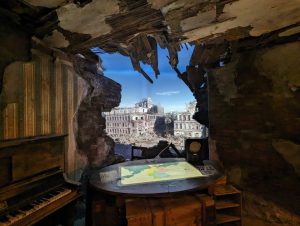





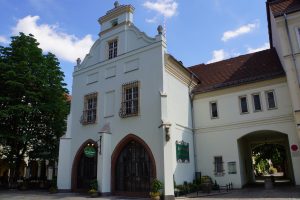

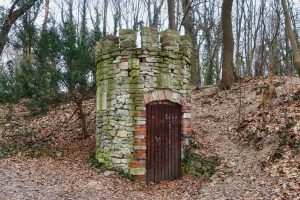
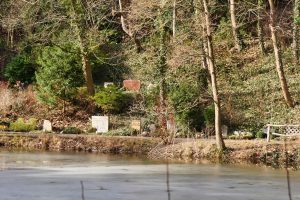
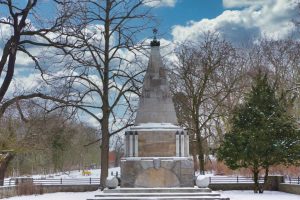










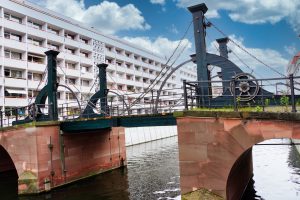
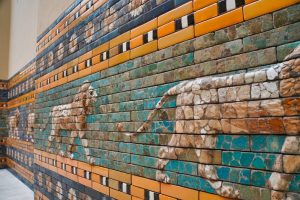



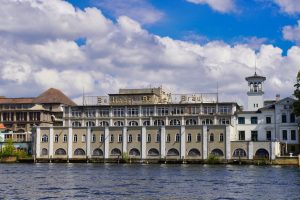









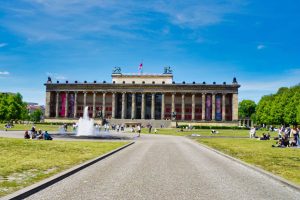





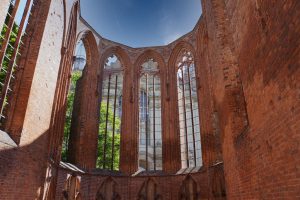

























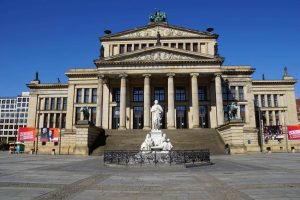







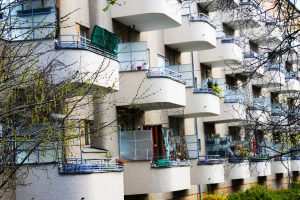










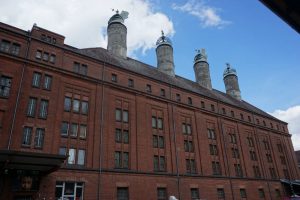





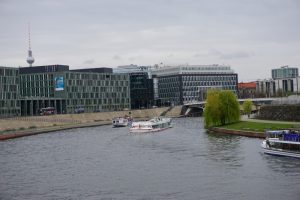
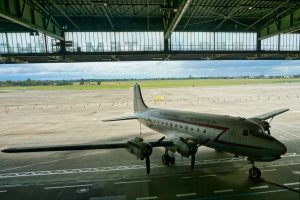








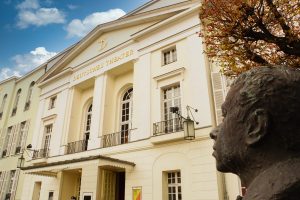


















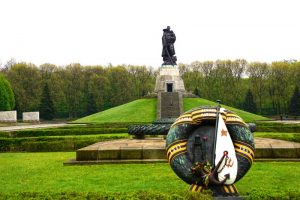














Leave a Reply